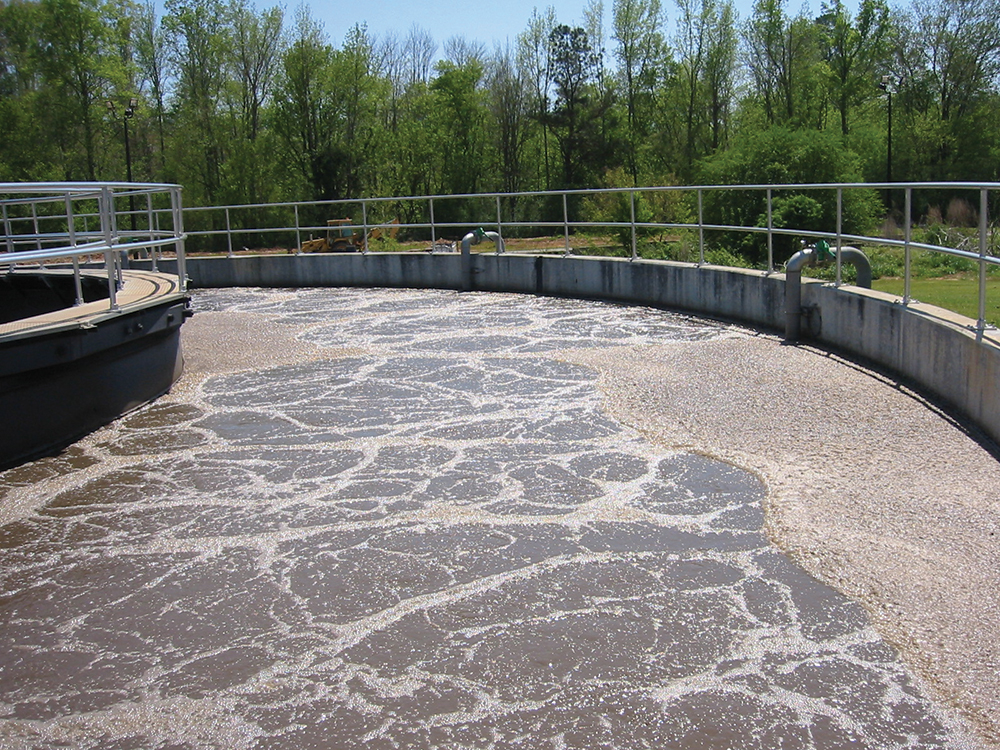Chennai, a capital city on India’s Bay of Bengal, went a full 200 days without any rainfall. This is worrisome news for a city that is home to a third of the country’s automotive industry and a major player in India’s film industry. The city’s water reservoirs have dipped to the point that they only hold 1% of their capacity.
Water is being trucked in, and it can take a full month for a water tanker to arrive. The flow of water to homes in the city is at just 10% of what it used to be. Workers and school children are asked to bring their own water to work or school. The fear of going completely dry is a daily worry for people in and around this city.
Lack of rainfall is only part of the city’s issue. Mismanagement of the water sources and lack of foresight are also to blame. The city didn’t do what it should have to build a sustainable water future. Everyone should be focusing on this issue, but some take having clean water for granted. It’s time to look at building a sustainable water future, and these are the trends people should be watching.
Infrastructure Improvements
One area that’s lacking in some cities is updated infrastructure. Underground water pipes across the country are springing leaks. This water ends up going into the ground and never making it to homes and businesses. The American Society of Civil Engineers (ASCE) shares a few facts that make it clear that infrastructure must be a priority.
The U.S. has 1 million miles of pipes that deliver clean water to homes and businesses. Many of these pipes were installed between 1900 to 1950 and were only intended to last 75 to 100 years. As the infrastructure degrades, it’s estimated that there are 240,000 water main breaks each year. How much water is being lost in those costly breaks? The ASCE’s estimates are more than 2 trillion gallons.
In addition to replacing worn pipes and water mains, water treatment plants need to make sure their equipment is in good working order. Over time, grit can wear down the pumps and valves round in water treatment equipment. It can build up in tanks and water channels and cause additional issues. Upgrading equipment before it fails completely helps ensure people have access to clean water.
Smart Technology
Smart technology is helping homeowners manage their homes from a remote location. That same technology is being used in water treatment and public water systems. With smart technology, municipalities can monitor their infrastructure for leaks and catch them early. They can monitor the pressure and workflow. The goal is to lower costs by finding problems before they become excessively expensive.
When water systems are managed using smart technology, it enables water districts to monitor consumers’ water usages with the supply of water flowing. This has the power to reduce operating costs, and the savings can be used to help pay for other aspects like repairs to infrastructure. Some cities are also starting to cut costs pairing smart technology with alternative energy sources like solar-powered water pumps, which helps increase the overall costs of supplying water to residents and businesses in that district.
Wastewater Reuse
Reusing water has been an effort across the country. It’s one of the best ways to make sure rivers, streams, ponds, and lakes don’t run dry. As a household or business uses water, it’s sent back to the water treatment plant to be cleaned, chemically treated to remove bacteria, and returned to water sources or storage systems to repeat the cycle.
Major companies are starting to invest in this trend. For example, Intel Corporation, a name you wouldn’t associate with water treatment, invested $25 million in it’s Oregon manufacturing plant. The water it uses to manufacture microchips will be treated in an on-site water plant and returned to the community.
Breweries are also jumping on this trend. A lot of water is used to make beer. Not only is it a main ingredient, but it’s used to rinse grains and wash equipment after the beer is made. Vermont’s Alchemist Brewery worked with experts to create wastewater practices that would reduce the strain they were putting on the town’s wastewater treatment plant.
Lakeside Equipment can help you boost your water treatment plant’s performance using these and other trends. We create designs that are specific to your budget and needs while also focusing on efficiency and quality. We also have replacement parts if your current system needs repairs. Talk to our experts to discuss how we can help.








